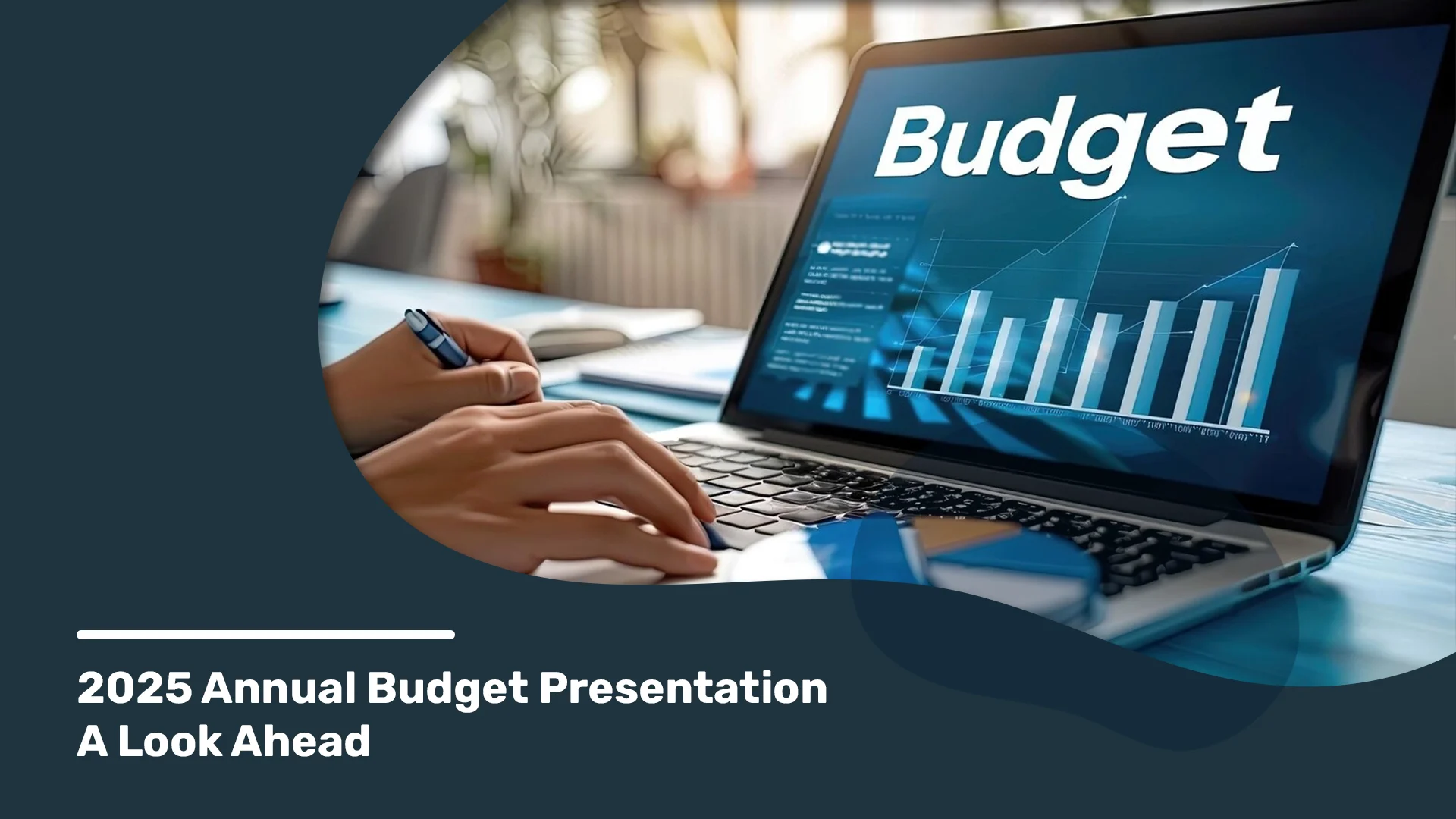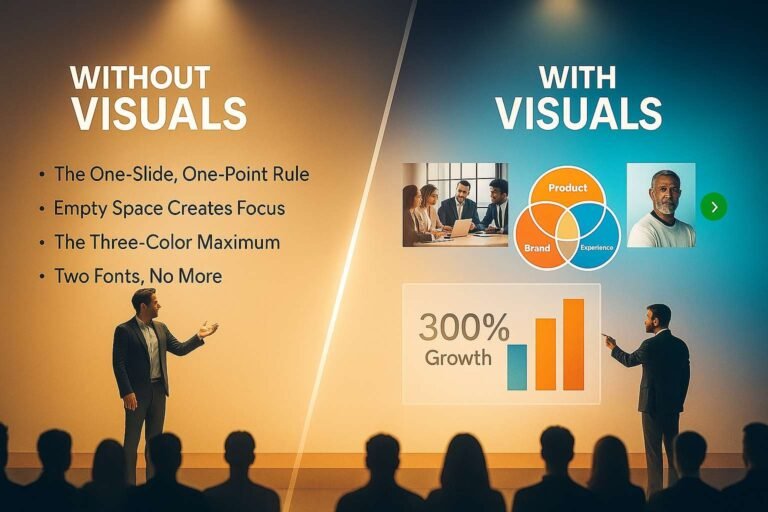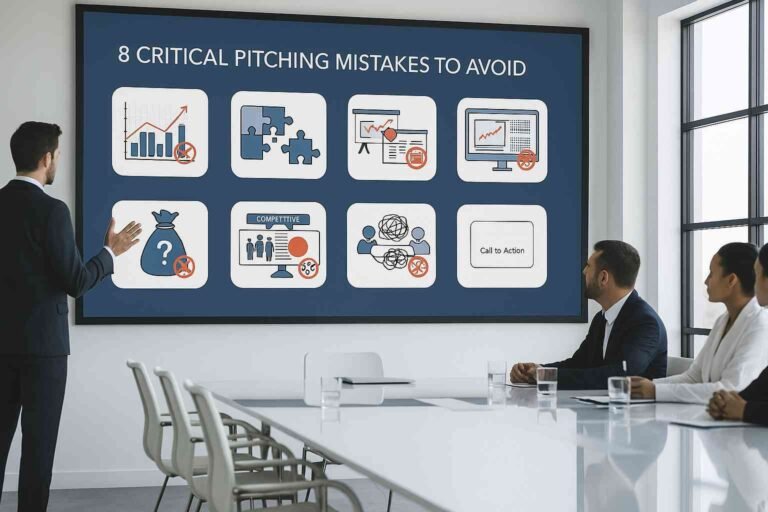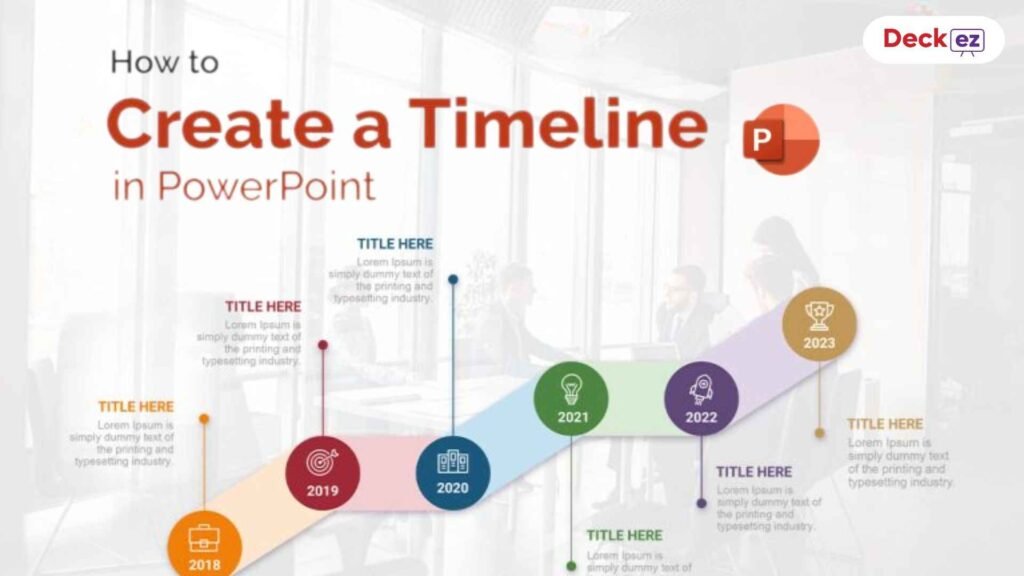Introduction
Presentation of the annual budget is one of the most crucial elements of financial planning for any organization. This is because a budget acts as a roadmap for the future and ensures that available financial resources are utilized effectively and efficiently, expenditure is curtailed, and revenue estimates match the goals of the business. In 2025, given the ever-changing market trends, economic fluctuations, and rapid advancements in technology, a well-designed budget presentation becomes more significant than ever.
This blog post will help business leaders, finance teams, and stakeholders communicate in a structured way toward delivering an attractive budget presentation that is data-driven. Whether you are a financial analyst, a department head, or a CEO preparing to present the budget, you need these insights to create a persuasive and well-informed financial plan.
The Importance of a Well-Planned Annual Budget
A well-crafted annual budget has multiple objectives. It keeps the organization in a financially stable position and can be used strategically to drive growth and efficiency. A budget clearly defining revenue expectations, expenses, and investment plans can help the organization mitigate its risks and optimize profitability.
A well-structured budget presentation not only covers financial projections but also acts as a communication bridge between numbers and business strategy. A presentation design service provider will enhance this form of communication by visualizing complicated data in a more engaging, easy-to-understand format.
In 2025, companies must be even more diligent in their budgeting approach, as economic uncertainties, inflationary pressures, and technological shifts demand strategic foresight.
Key Financial Goals and Priorities for 2025
Every annual budget presentation must be preceded by well-defined financial goals. Objectives function as a tone for the entire planning process, presenting a benchmark against which performance tracking occurs during the whole year.
Key financial priorities for 2025 may include:
- Revenue Growth: Establishing realistic revenue targets based on market trends and company performance.
- Profitability Enhancement: Focusing on increasing net profit margins by optimizing operations and controlling unnecessary costs.
- Operational Efficiency: Ensuring that resources are allocated in a way that enhances productivity and minimizes waste.
- Investment in Innovation: Allocating a portion of the budget toward research and development, technology upgrades, and digital transformation.
- Risk Mitigation: Identifying potential financial risks and implementing contingency measures.
By outlining clear financial priorities, a company can ensure that every department works towards common goals while maintaining fiscal discipline.
Revenue Projections: What to Expect in the Coming Year
Revenue forecasting is a significant component of the budgeting process that lays down the foundational framework for financial planning and orientation. Companies should therefore consider analyzing past performances, industry standards, and macroeconomic indicators to provide more accurate projections.
Factors Influencing Revenue in 2025
- Market Demand: Evaluating consumer trends and industry growth rates.
- Competitive Landscape: Assessing potential threats from competitors and opportunities for market expansion.
- Pricing Strategies: Adjusting pricing models based on cost structures and value propositions.
- Customer Retention and Acquisition: Analyzing historical sales data to refine marketing and sales approaches.
Using data analytics and predictive modeling tools, finance teams can make more accurate revenue forecasts, reducing the risk of overestimations or underfunding key business areas.
Expense Breakdown: Where the Budget Will Be Allocated
As important as knowing where the money will come from is understanding how the money will be spent. Budget allocation in alignment with strategic priorities will ensure that essential functions get adequate funding.
Typical Expense Categories
- Operational Costs: Salaries, rent, utilities, and administrative expenses.
- Marketing and Sales: Advertising, customer acquisition, brand development.
- Research and Development: Investment in new products, services, or technological improvements.
- Technology and IT Infrastructure: Digital tools, software, cybersecurity measures.
- Training and Development: Employee upskilling and leadership development programs.
Striking the right balance between spending and cost control will ensure that resources are used effectively without compromising business performance.
Investment Plans and Growth Strategies for 2025
A good financial plan will involve more than daily activities; it should contemplate areas of future growth. Businesses should make strategic allocations of funds in order to foster growth and be ahead of the competition.
Key Investment Areas
- Technology Innovation: Enhancing digital capabilities, automation, and AI-driven solutions.
- Geographic Expansion: Entering new markets and diversifying revenue streams.
- Product Development: Improving existing offerings and launching new solutions.
- Strategic Partnerships and Acquisitions: Collaborating with industry players to strengthen market presence.
In 2025, successful businesses will be those that balance risk with opportunity, ensuring that investments are backed by strong data and market insights.
Cost-Cutting Measures and Efficiency Improvements
While investment is necessary for growth, cost management is equally critical. Companies must adopt cost-saving measures that do not hinder productivity or innovation.
Effective Cost-Saving Strategies
- Process Automation: Reducing manual labor costs through digital tools.
- Vendor Negotiations: Optimizing supplier contracts to get better deals.
- Energy Efficiency Initiatives: Reducing operational costs through sustainable practices.
- Lean Operations: Streamlining workflows to eliminate inefficiencies.
By proactively identifying cost-saving opportunities, businesses can enhance their financial resilience without negatively impacting performance.
Risk Management: Preparing for Economic Uncertainty
These will be economic uncertainty: inflation, geopolitical instability, and fluctuation of interest rates, which have potential financial risk. A budget has to anticipate unexpected challenges for which contingency plans should be well prepared.
Risk Mitigation Strategies
- Scenario Planning: Developing multiple financial models to prepare for different economic conditions.
- Emergency Funds: Setting aside reserves to cover unexpected expenses.
- Diversification: Expanding revenue sources to reduce dependency on a single income stream.
By incorporating risk management into the budgeting process, businesses can safeguard their financial health even in volatile markets.
Technology and Innovation: Budgeting for Digital Transformation
Digital transformation is no longer optional—it is essential for staying competitive. Budgeting for technological advancements ensures that businesses remain agile and efficient.
Tech Investments to Consider
- AI and Machine Learning: Automating decision-making and improving customer insights.
- Cybersecurity Enhancements: Protecting business data from cyber threats.
- Cloud Computing: Improving operational flexibility and data accessibility.
Companies that allocate sufficient resources to technology will gain a competitive edge by streamlining processes and enhancing customer experiences.
Departmental Budget Allocations: Ensuring Financial Balance
A successful budget presentation must outline how financial resources will be distributed among different departments. Each department must justify its financial needs based on strategic priorities.
Best Practices for Departmental Budgeting
- Align departmental budgets with overall business goals.
- Ensure transparency in budget allocation to avoid internal conflicts.
- Monitor department spending and adjust allocations as needed.
A fair and well-structured budget ensures that every part of the business receives the necessary support to drive success.
Conclusion
Proper preparation for a budget presentation will pave the way to success in 2025. This will present the revenue forecast, spending priorities, investment opportunities, and strategies to manage risks. With the aid of data analytics, strategic foresight, and financial discipline, businesses are now able to make informed decisions to drive growth and stability.
FAQ Section:
1. Why is an annual budget presentation important?
It aligns financial goals with business strategy, ensures efficient resource allocation, and helps prepare for economic uncertainties.
2. What makes a budget presentation effective?
A clear structure, data-driven insights, engaging visuals, and a strong narrative help stakeholders understand and support financial plans.
3. How do I make my budget presentation engaging?
Use simple charts, storytelling techniques, and concise key takeaways. Avoid jargon and keep slides visually appealing.
4. How often should budget reviews be conducted?
Quarterly reviews ensure financial goals stay on track, allowing for timely adjustments based on performance and market changes.
5. What key trends will impact budgeting in 2025?
Digital transformation, cost efficiency, sustainability initiatives, and predictive analytics will shape financial planning in 2025.









